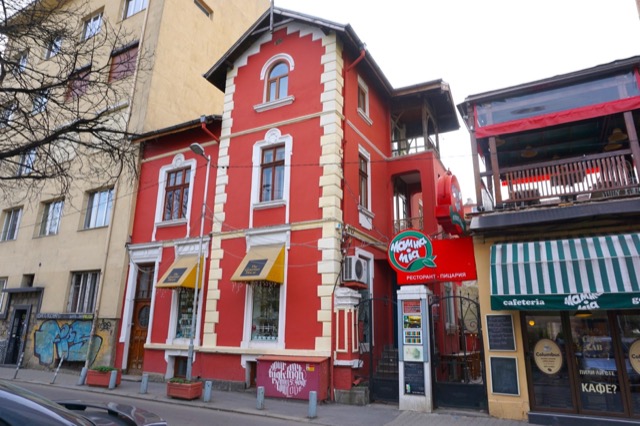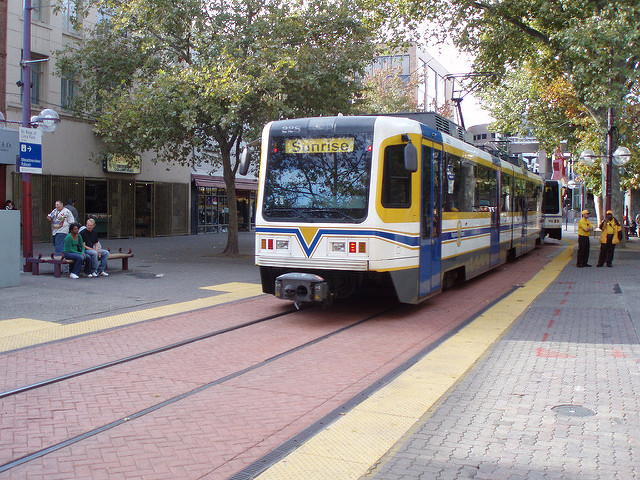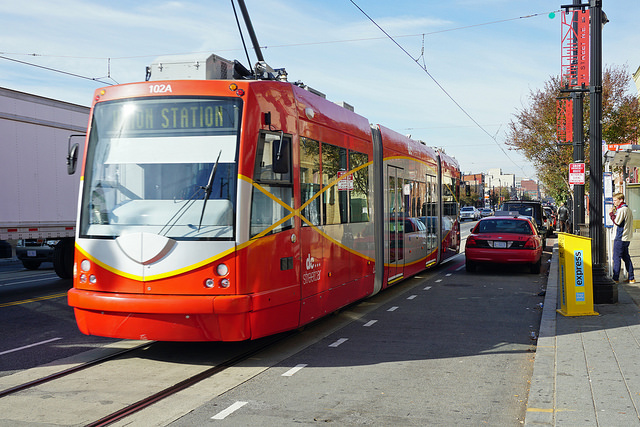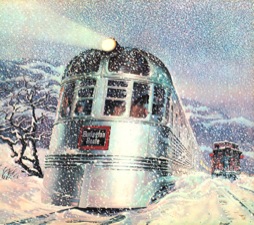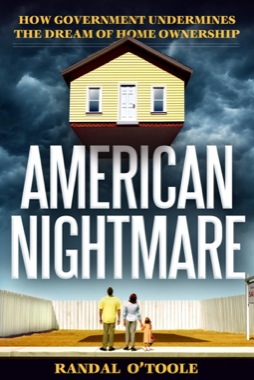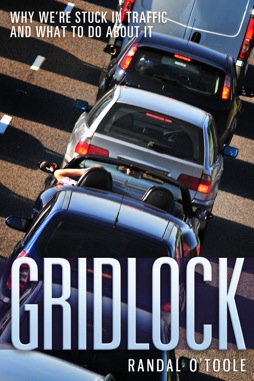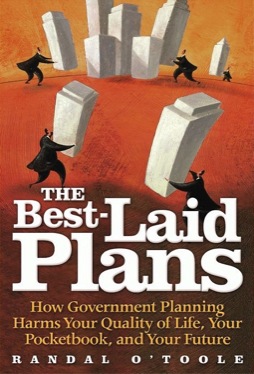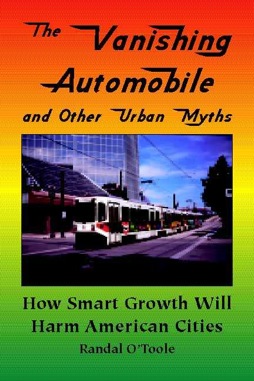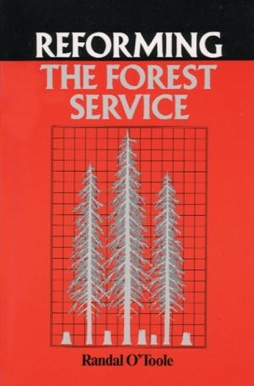In a move that surprised no one, the staff of TriMet, Portland’s transit agency, wants to build light rail instead of bus-rapid transit between Portland and Sherwood. Since the Obama administration no longer requires transit agencies to do a rigorous alternatives analysis, this decision was based on subjective criteria and erroneous assumptions, yet will probably not be challenged by either TriMet’s board or the federal government that will have to pay for most of the line.
TriMet’s last light-rail line cost about $168 million per mile. This proposal is for an 11.5-mile line that will cost at least $2 billion, or $174 million per mile. Of course, that cost is likely to go up. By comparison, Portland’s first light-rail line cost only about $28 million per mile in today’s dollars.
A state auditor says TriMet, Portland’s transit agency, is falling behind on light-rail maintenance. TriMet’s general manager says that the agency’s pension and health-care obligations are so great that it will have to cut all transit service by 70 percent by 2025 to meet those obligations. So naturally, it makes perfect sense to talk about spending $2 billion that the agency doesn’t have on another low-capacity rail line.

